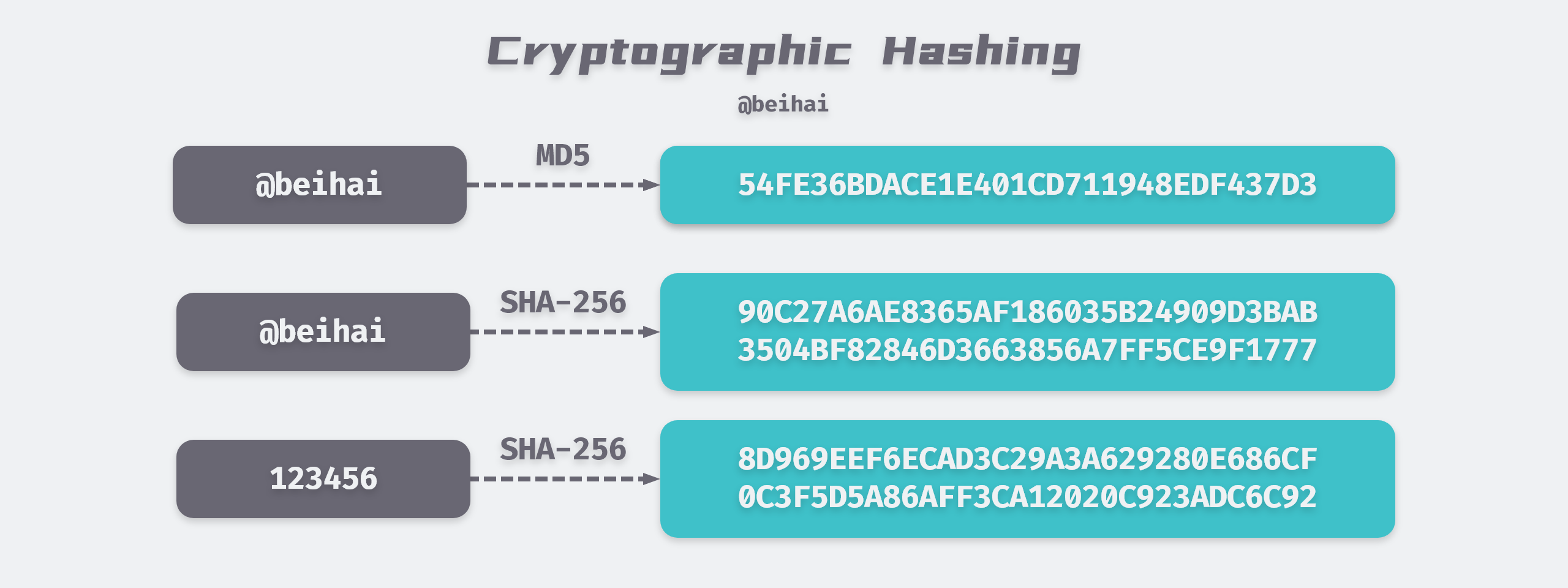The use of cryptographic hashes in the realm of password security has become a prevailing topic among cybersecurity professionals. A cryptographic hash function maps data of arbitrary size to a fixed length, producing a hash value that is unique to the input data. While they serve various purposes in information security, their application in password storage is particularly significant. This article delves into the efficacy of using cryptographic hashes for securing passwords, discussing their advantages, potential vulnerabilities, and best practices for their implementation.
At the outset, understanding the fundamental properties of cryptographic hash functions is critical. These functions are designed to be deterministic, meaning that the same input will always yield the same output. This consistency is crucial in matching users’ passwords during authentication attempts. Moreover, an ideal cryptographic hash function is computationally infeasible to reverse-engineer. In other words, given a hash value, it should be virtually impossible to deduce the original input. This property provides a layer of security, as the actual password is never stored in plaintext.
One of the most compelling reasons to utilize cryptographic hashes for password storage lies in their resistance against various types of attacks. When a password is hashed, storing the hash value instead of the password mitigates the risk of exposure in the event of a data breach. Attackers armed with stolen hash values face a formidable obstacle: they must resort to brute force or collision attacks to crack these hashed passwords. In a brute-force attack, you systematically attempt every possible combination, while collision attacks involve finding two distinct inputs that generate the same hash value. The robustness of modern cryptographic hash functions renders these tactics increasingly time-consuming and resource-intensive.
Despite their effectiveness, cryptographic hashes are not impervious to attacks. A prevalent concern arises from the practice of using the same hash function across multiple applications. This approach presents a glaring vulnerability: if an attacker compromises one application and obtains the hashed passwords, they can employ a precomputed dictionary or rainbow table to crack passwords across different platforms. Rainbow tables are extensive databases of precomputed hash values corresponding to common passwords, which can expedite the decryption process significantly. As a countermeasure, employing unique salts—random data added to passwords before hashing—can effectively thwart such attacks. By incorporating a salt, even identical passwords will yield different hash values, thereby complicating the attacker’s efforts.
Another integral aspect of password hashing is the selection of the hash function itself. Not all cryptographic hashes are created equal. Older algorithms such as MD5 and SHA-1 have been rendered obsolete due to vulnerabilities that expose them to collision attacks. Contemporary password storage best practices lean towards utilizing stronger hash functions, such as bcrypt, scrypt, or Argon2. These hashing algorithms are specifically designed for secure password storage because they incorporate a work factor—a configuration that increases computational effort required for each hash generation. As computational power grows, adjusting the work factor can maintain the algorithm’s resistance against brute force attacks.
Furthermore, the way passwords are managed during user registration and authentication processes plays a pivotal role in ensuring their safety. When a new user sets a password, it should immediately be hashed and stored alongside the corresponding salt. During subsequent logins, the entered password is hashed with the same salt, and the resulting hash is compared to the stored hash. This meticulous process ensures that even if the hashed passwords are stolen, the actual password remains undisclosed. However, developers must also implement additional safeguards such as rate limiting, account lockout mechanisms, and monitoring for suspicious login attempts to further bolster password security.
There’s an inherent tension in the discourse on cryptographic hashes and password security: while they are vitally important for safeguarding user credentials, they are only as strong as their implementation. Attack vectors evolve, and new methods of attack emerge continually. Thus, continuous reassessment of security practices and algorithms is imperative. Incorporating regular security audits and staying abreast of advancements in cryptography will contribute to a more secure digital environment.
In conclusion, while cryptographic hashes are a cornerstone of modern password security, relying on them without a holistic understanding of their applications and limitations can lead to complacency. Passwords, as the guardians of our digital identities, warrant careful treatment and robust protection. The interplay of law, technology, and user behavior raises significant questions about personal security in the digital age. Addressing these concerns requires vigilance, education, and a nuanced understanding of cryptographic principles. The quest for absolute security may be unattainable, yet each step taken towards improving password practices enhances the landscape of cybersecurity.
Ultimately, the fascination with cryptographic hashes lies in their duality: a tool for security intertwined with the potential for exploitation. As digital landscapes continually evolve, so too must the measures employed to protect the sensitive information they harbor. A commitment to understanding and implementing best practices is essential in the ongoing struggle against cyber threats.









Leave a Comment